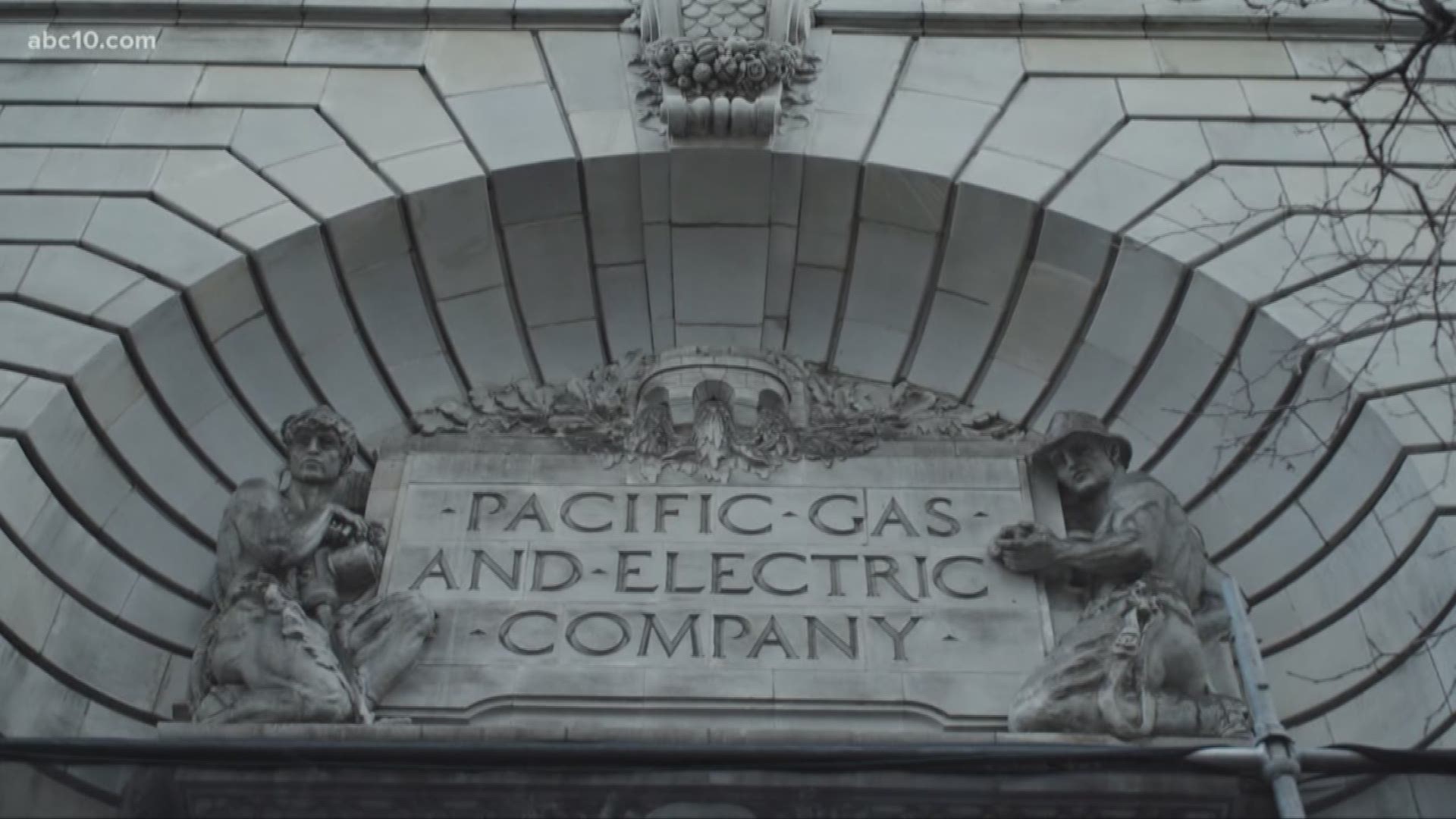SAN FRANCISCO — A new report details why state regulators say PG&E failed on multiple counts to maintain the power line that sparked 2018's Camp Fire that killed 85 people and leveled the entire Butte County town of Paradise.
The report comes as the California Public Utilities Commission’s Safety Enforcement Division (SED) requested to add the 2018 Camp Fire to an ongoing investigation of PG&E-caused wildfires, which up to now has just included 2017 wildfires.
The SED report found PG&E violated the state's public utility code by failing to maintain, replace or reinforce the hook that ultimately failed on the transmission line to which fire officials have traced the Camp Fire’s origin. According to the report, that hook had deteriorated well past the allowable limit — an issue PG&E's inspections should have caught.
Speaking of inspections, the report also says PG&E failed to do a thorough one on that particular tower and then failed to document why they were delaying the necessary repair work. The report also says the form inspectors filled out was an outdated one.
Basically, the CPUC's safety division is alleging PG&E did sloppy, incomplete work without proper documentation.
In a late ruling Tuesday night, Judge William Alsup, the federal judge handling PG&E's probation case, ordered the utility to release two photos that were redacted in the in the SED's report or give good reason why the photos need to be redacted.
In response to the report, PG&E spokesperson Paul Moreno told ABC10 the utility started doing enhanced and accelerated safety inspections following the 2017 and 2018 wildfires, in addition to their routine inspections and maintenance.
"Since January 2019, we have inspected almost 730,000 transmission, distribution and substation structures and over 25 million electrical components in those areas (of higher wildfire risk),” Moreno wrote. “We climbed them, we used drones and we performed 18 months of inspections in only 4 months."
Continue the conversation with Becca on Facebook.
READ MORE ON PG&E:
FREE ABC10 APP:
►Stay In the Know! Sign up now for ABC10's Daily Blend Newsletter



